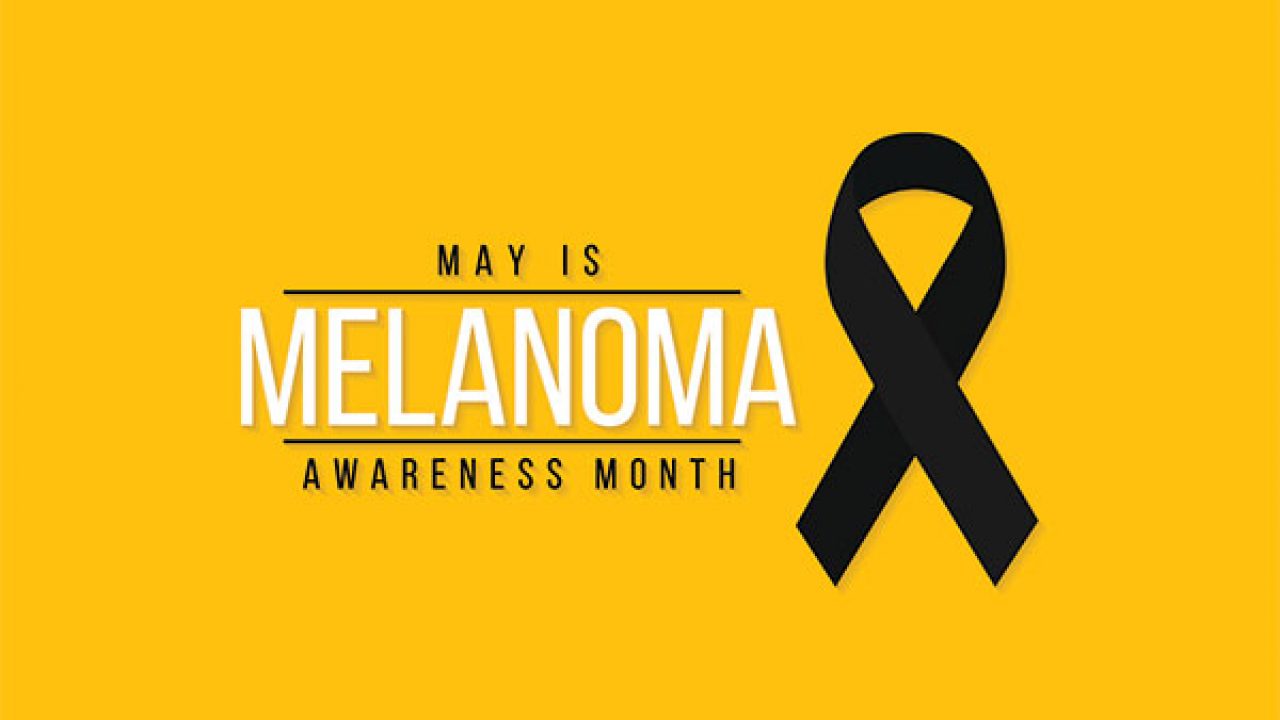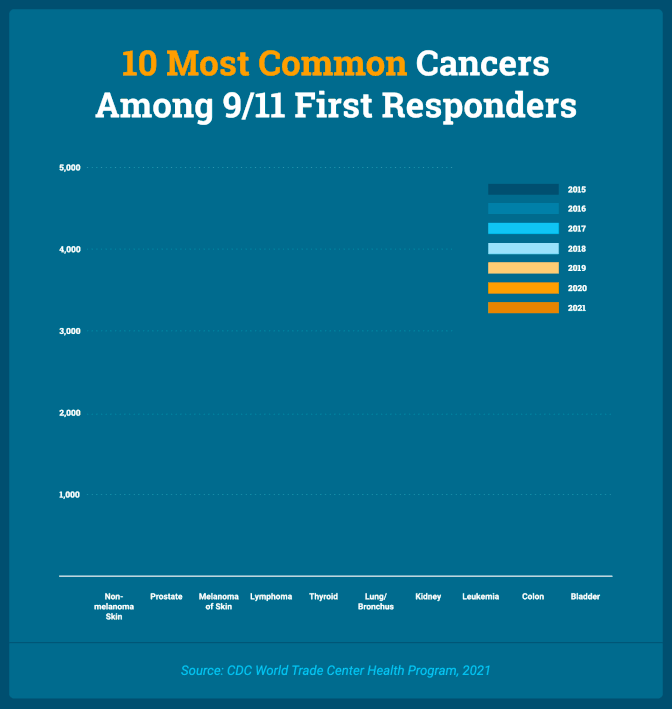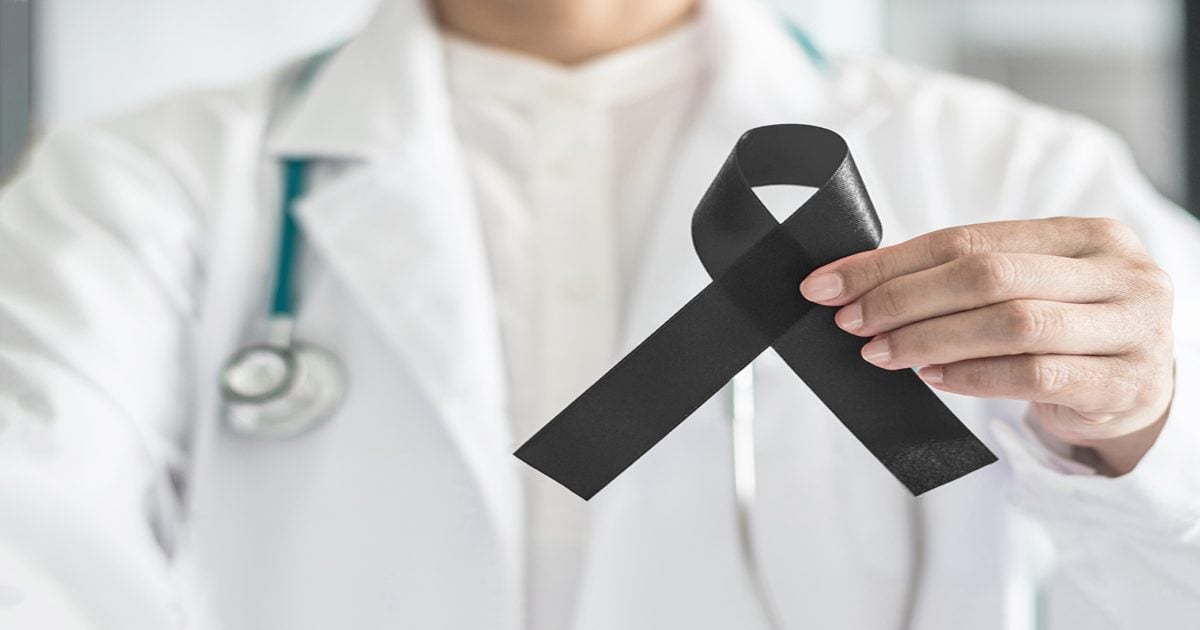May is Melanoma & Skin Cancer Awareness Month- Here's What That Means for You as a 9/11 Victim

May is Melanoma and Skin Cancer Awareness Month and serves to highlight that Skin Cancer is the most common (by far) cancer suffered by 9/11 victims as a result of the toxic exposure in downtown Manhattan between 9/11 and May 30, 2002. To date, over 10,500 9/11 victims have been “certified” by the World Trade Center Health Program with either Basal cell or Squamous cell carcinomas. In addition, over 1250 9/11 victims have been diagnosed with Melanoma, the deadliest form of skin cancer and the most difficult to treat.
This month serves as an opportunity to highlight the increased risk and necessary precautions for survivors and responders of the September 11, 2001, terrorist attacks, particularly in relation to skin cancer. Most importantly, it allows everyone in the 9/11 community to understand the outstanding medical care available from the World Trade Center Health Program focusing on prevention, early detection, and treatment for these oftentimes curable cancers. There are Clinical Centers of Excellence (CCE) throughout the New York (NY) metropolitan area. There is also a National Provider Network for 9/11 victims throughout the rest of the country. Hansen & Rosasco strongly urge everyone in the 9/11 community to get yearly skin cancer checks and monitoring. Early detection saves lives!
While skin cancer is commonly associated with sun exposure, it has also been linked to toxic exposure. When the World Trade Center (WTC) collapsed, a cloud of dust and debris was released into the air, covering highly populated city blocks with ash, debris, and harmful particles such as asbestos, metals, silica, concrete, and glass. Fires also broke out, releasing smoke and other carcinogens. These contaminants lingered in the surrounding area for months after the attacks, exposing thousands of downtown workers, first responders, residents, students, and the general population who were present in the area to harmful toxins. This exposure has been linked to an increased risk of developing various health conditions, including several types of cancer. 9/11 melanoma and non-melanoma skin cancer are two of the most common types of 9/11-related cancer diagnosed in survivors and responders. For those present in the aftermath of 9/11, understanding the connection between their exposure after the attacks and the potential for skin cancer development is vital.

Understanding the September 11th Victim Compensation Fund
In addition to medical care, responders and survivors should know that financial support is also available. The James Zadroga 9/11 Health and Compensation Act (Zadroga Act) was enacted in 2010 to provide vital compensation and health care to those affected by 9/11. The Zadroga Act established both the September 11th Victim Compensation Fund (VCF) and the World Trade Center Health Program (WTCHP). The 9/11 VCF provides financial compensation to those directly affected by the terrorist attacks, including those diagnosed with related health conditions like skin cancer. This fund ensures that victims can access financial support for their medical treatments and other financial needs, helping to alleviate the burden during their fight against cancer.
What Skin Conditions Are Recognized as Being 9/11-Related?
Both melanoma and non-melanoma skin cancer are certified as 9/11-related conditions by the WTCHP. Non-melanoma skin cancer is the most common certified 9/11-related health condition in responders and is the second most common certified condition in survivors. Non-melanoma cancers can include basal cell carcinoma and squamous cell carcinoma. Other chronic non-cancer skin conditions that have affected survivors and responders in the years since the attacks include sarcoidosis, autoimmune disease, and ill-defined skin lesions and irritation. If you were present in the aftermath of 9/11 and are experiencing any of these skin conditions or a form of skin cancer, you may be eligible for medical monitoring and treatment through the WTCHP.
Toxic Dust, the Exposure Zone, and Other 9/11 Cancer Factors
The toxic dust that lingered in the area around the WTC contained a myriad of carcinogenic compounds, which not only affected respiratory health but also increased the risk of skin cancer. Researchers have identified over 350 chemical, physical, biological, and other hazards that were present in the dust in the aftermath of the 9/11 attacks. This dust, combined with the intense emotional and physical stresses that followed, created an environment where those present near the crash sites were exposed to multiple factors that could lead to various types of cancer.
The 9/11 NYC Exposure Zone was the center of hazardous conditions. The Exposure Zone is defined as the area in Lower Manhattan south of the line that runs along Canal Street, covering a 1.5-mile radius around Ground Zero; and any area related to or along the routes of debris removal, such as barges and the Fresh Kills landfill. The risks of developing 9/11-related health conditions are higher for those who were in the area immediately following the attacks, but anyone present in the Exposure Zone between September 11, 2001, and May 30, 2002, may have inhaled toxic dust and may be at an increased risk of developing skin cancer.
Seeking Treatment for Your 9/11-Related Skin Cancer
According to the Mayo Clinic, Treatment for 9/11-related skin cancer varies based on the type and stage of cancer. Treatment may include surgical procedures, radiation therapy, and chemotherapy. For 9/11-related cases, the WTCHP provides cutting-edge medical monitoring and treatment for 9/11-certified conditions, including both melanoma and non-melanoma skin cancer. The WTCHP ensures that those present on 9/11 receive care tailored to their specific needs without the financial strain typically associated with long-term cancer treatment.
Trust an Experienced 9/11 Attorney like Hansen & Rosasco to Get You the Medical Care and Compensation You Deserve
The attorneys at Hansen & Rosasco, LLP have been representing 9/11 victims in their legal claims for over 22 years. Navigating the complexities of the VCF claims and WTCHP registration processes can be challenging, especially while dealing with a serious health condition like skin cancer. Employing the services of an experienced 9/11 attorney can ease the process. A trusted 9/11 attorney is equipped to handle the specifics of 9/11-related claims, ensuring that all paperwork is correctly filed and that you receive the best medical care and maximum amount of compensation you're entitled to for your suffering and losses.
Melanoma and Skin Cancer Awareness Month is not only a time for raising awareness, but is also a reminder for those present on 9/11 about the importance of regular skin checks and cancer screenings. 9/11 melanoma and non-melanoma skin cancer are serious conditions, but early detection can significantly improve health outcomes. By staying informed and proactive about your health, you can manage your risk and ensure that you are taking all necessary steps to protect your well-being in the aftermath of the September 11th attacks. At Hansen & Rosasco, LLP, our dedicated 9/11 attorneys are experienced in 9/11 compensation claims and understand the unique challenges faced by responders and survivors battling 9/11-related skin cancer. We are committed to providing compassionate and effective legal representation, helping you navigate through the claims process with ease and confidence. If you or a loved one is dealing with a skin cancer diagnosis linked to the 9/11 attacks, contact Hansen & Rosasco today to find out how we can support you during this difficult time.


